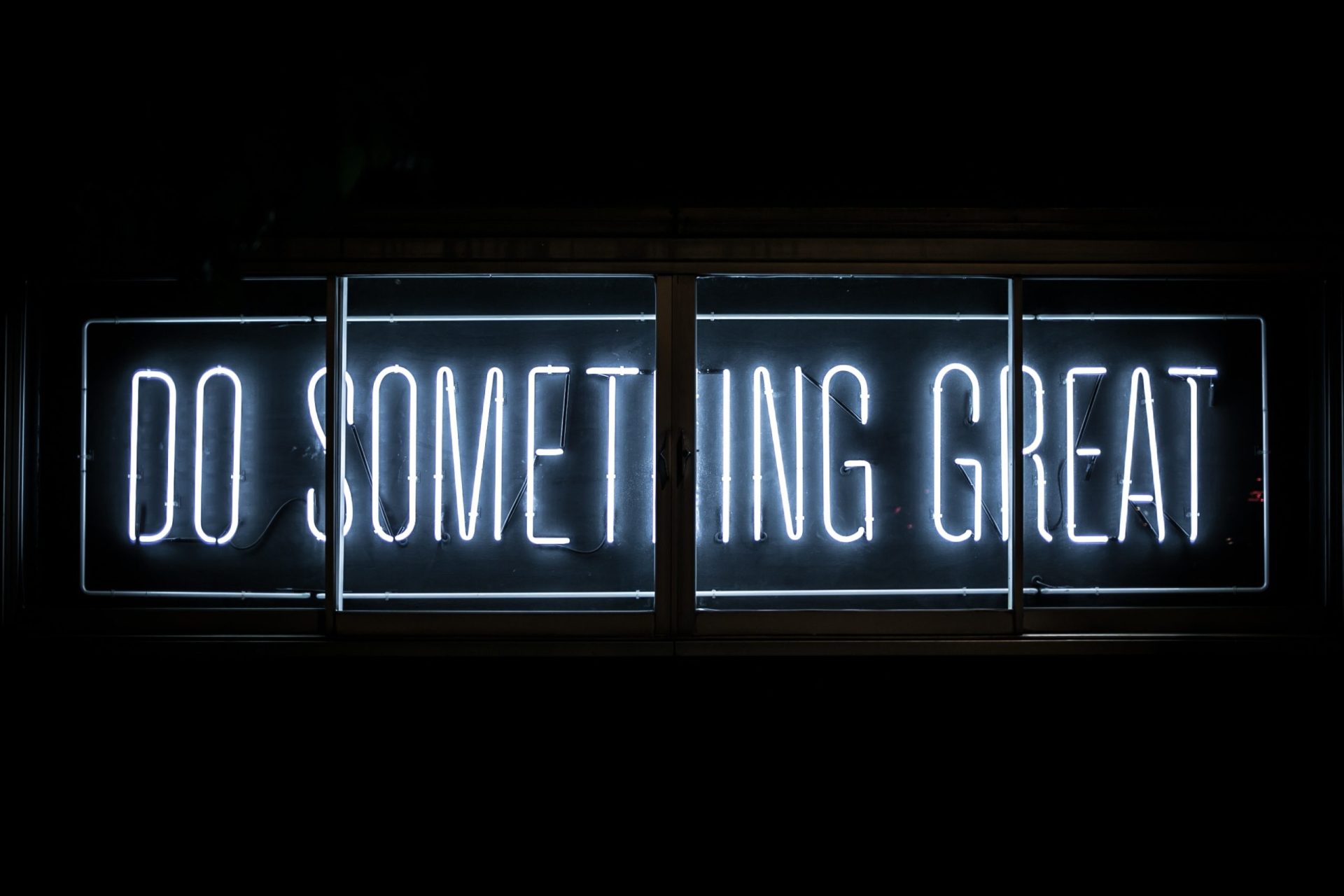By Dr. Tom Fisher
It took me a while to decide which of the three I wanted to list first, and to establish the order thereafter. Not that it’s a contest, but I did want to give a sense of “flow” to the article. I have gone back to the archives and taken some “snippets” from my past books: “PerformanceSpheres”, and “MonuMental Performance” to offer some insights (if these three points resonate with you, find copies of each to get more detailed explanations). Although there are three points discussed, there are many more. These represent some of the “mistakes” that I have most often encountered in my 30+ years of Practice. They also represent a considerable number of requests found in recent “Letters to the Editor” of Muscle Media Magazine. Through the process of trial, error, study, experience and introspection, these three offered me (and, subsequently, my clients/patients) insights into elements of Human Performance Enhancement. These three serve to illustrate some hard-won “Best Practices”. Not only have I earned experience as to what works, I have also learned what does not. More simply, it has offered lessons in what to do, and what not to do. Please understand, I offer you only some basic information. It is up to you to digest this information, and develop it into knowledge. Only when information becomes knowledge can it be used again and again to your advantage. Combine knowledge with experience, and you might just find Wisdom, but that’s another article…! Until then, take up the challenge. We all want a “competitive edge”. A good place to start would be to stop fighting yourself. Be your own greatest supporter. As we approach the Holiday Season, and New Years’ Resolutions are right around the corner, you might want to Pay Attention to these Three…
Confusing success with happiness
Perhaps the best way to introduce this entire article should be to state that “Words Mean Things”. I don’t want to get too off-topic, but we are often somewhat careless with the language. We speak casually, and often in generalities. For example, if a friend asked you to meet them after work for a “beer-and-a-bite”, you might reply “Sorry, I can’t”. Well, you most certainly “can”, because you have the ability, the funds, and the desire. “I can’t, because I need to go to the store.” The truth is, it is not a matter of “can or cannot”. It is more accurate that you “will not”. However, we casually use such phrases, and most of us shrug our shoulders, nod in agreement, and say “OK.” This is a simple example of how we can easily become confused without even realizing it happened.
There is an old expression that says: “Success is getting what you want. Happiness is wanting what you get”. Although the two are very closely linked, they are easily confused. They are not one-and-the-same. Over the years, I have seen countless amateur and professional athletes (as well as entrepreneurs and executives) that most would consider to be very successful. However, the very fact that they are seeking my help should tell you that they are anything but happy…! While they are famously successful on the field/court/track/pitch/gym, their personal lives are, quite often, a train-wreck. Relationships with those around them (family, friends, business associates, fans, etc.) are strained and unfulfilling. They often sacrifice their personal lives in the name of success. Again, they mistake success for happiness. While many are lonely, some are alone. Sadly, some are both. (I don’t suppose you want me to get off-track to dissect this “lonely/alone” word-puzzle, do you…?)
Sometimes my clients/patient resort to extraordinary behaviors to feel “happy”. They take up drugs, alcohol, outrageous behavior and other pursuits, attempting to “feel happy.” They cannot understand why they do not feel happy when they are so successful. Ultimately, the process of looking outside of themselves for “happiness” proves futile. Sometimes they push harder and faster, and double-down on their self-destructive ways. This tact rarely has a fairy-tale ending, as injury, arrest, or scandal are often the result.
After painting such a dark picture, you might be wondering what this has to do with you…? If you recognize some of these traits, you might want to know how to avoid such an inglorious end. In response, I offer you the next of the three…
Pursuit of happiness rather than the happiness of the pursuit
“Life, Liberty, and the Pursuit of Happiness…” It is part of our Declaration of Independence. It is so familiar that it has become part of our lexicon. However, we seem to have adopted the words instead of the true attitude and meaning behind the words. As we all actively engage in the “Pursuit of Happiness”, precisely what are we doing?
Among my clients/patients, the “Pursuit” involves sacrificing virtually everything in the name of achieving the goal of success (remember, to them “Success = Happiness”?). They are more than willing to put their lives on hold, until they “arrive” (succeed). But, this Pursuit of Happiness implies that there will be little happiness unless, ultimately, there is success. That is the very essence of the pursuit. They adopt a sacrificial attitude. “Damn the torpedoes! On to Success!” However, problems often arise, because the precise definition of “success” and “happiness” are elusive, and are subject to change. As time goes by, and attitudes, situations, and desires change, the pursuit becomes a somber quest for some distant, ill-defined goal. There is little time or reason to be happy along the way. That experience is reserved for later, and only comes with success. So, they put their noses back to the grindstone, and wait to feel something when they have successfully pursued happiness…
But, as you have imagined, there is another way… Rather than putting your life on hold in the pursuit of happiness, why not embrace the happiness of the pursuit? When you are in the “pursuit of happiness”, satisfaction, appreciation, and enjoyment are deferred “until.” Because the goal has not been reached, a “not yet” attitude dominates. While the delay of gratification is a sure sign of maturity, it usually results in a relentless, joy-less journey. The “Pursuit of Happiness” offers only a few episodes of happiness, typically at the very end of the journey. However, the “Happiness of the Pursuit” affords countless opportunities to experience happiness during the journey. This contrast between the two strategies has been studied and researched for decades. In formal Psychology, the distinction is made between the product (the Pursuit of Happiness), and the process (the Happiness of the Pursuit). There is no absolute right or wrong, as an excellent case may be made for either strategy. The happiness of the pursuit is simply offered here as an alternative path, if you find yourself frustrated or disappointed with your pursuit of happiness. This “dovetails” quite nicely, leading us seamlessly into the second of the three points…
Setting goals rather than pursuing self-improvement
To continue the conversation of product and process, but from a somewhat broader perspective, let’s take a look at goal setting. Most of us have been raised (trained) to approach Life as a series of goals to be achieved.
The goal setting tactic has been further refined to reinforce the reliability of the tactic.
The goals need to be SMART: Specific, Measurable, Attainable, Realistic, and Time-Limited.
We have been encouraged to set short-term, intermediate, and long-term goals. We start at “A”, and set our sights on tour goal (“B”). It is a linear, 2-dimensional model. You travel from “A” to “B” in as straight-a-line as possible without deviation. If we string the short, intermediate, and long-term goals together, a “plan” is supposed to be revealed. Hopefully, this plan will tell us how to get from “A” to “B”, usually as quickly as possible (remember: “Damn the Torpedoes”?) The desire to get from “A” to “B” as quickly as possible often sacrifices Quality-of-Life, in the name of Speed-of-Achievement. Reaching the goal is all that matters. If your goal is to “bench 300”, how will your Life be different if you do (or, do not)? We’re also told to “keep your eyes on the prize (goal)”, and not to worry about anything else. “Focus!” Ultimately, the goal may be reached, but at what cost? I know of many of my clients/patients that have stood on the victory platform, celebrating alone. Because of the sacrifices made during the pursuit of the goal, there is very little “bleed-over” into other parts of Life. You may be standing on the top of the podium with trophy raised high, but what does it say about you beyond that? However, if the goal is not reached, you will have failed. From there, it’s not too great a leap to generalize that you might be a “failure.”
As usual, there is another option. Rather than waiting until “Friday Night Lights” to demonstrate, to yourself and others, that you can achieve and are worthy, start looking for ways to improve yourself. The process of self-improvement is not limited to episodes of great achievement. There are many more meaningful things in Life beyond “benching 300”. Everyday activities offer countless opportunities for self-improvement. This is a spherical, 3-dimensional approach to improving every aspect of your Life, in all things, at all times. Here, the purpose of every activity is self-improvement. Achievements and progress are made, but they are a logical and natural consequence of your self-improvement. You will still achieve goals, but that is not the purpose of the strategy. Because you are constantly improving yourself, there is considerable “bleed-over” into other aspects of Life (certainly beyond the field/court/track/pitch/gym).
Rather than being constrained by being told to “Focus”, you are encouraged to “Pay Attention”. By definition, when you “Focus”, you exclusively attend to the end-goal. Nothing else matters. When you “Pay Attention”, you open your entire sensory array (sight, sound, smell, touch) and purposefully attend to everything. As you “Pay Attention” you notice more of the things that surround you.
The more you notice, the more opportunities you will have to improve yourself. It eventually becomes a self-perpetuating process. You will be able to “bench 300” because of the discipline, application, and attention you constantly give every day to every other part of your Life.
Putting it together
Believe me, I understand that these three represent a very different way of approaching Life. I did not want to get too “in-the-weeds” and engage in meaningless “Psychobabble”. Instead, I wanted to offer some other options. Again, these are only the first three. There are many more, and I will address some of them in the January issue when most of us are making those Resolutions.
My experience has also taught me that these three represent a very different way of thinking. I didn’t say it would be easy, just rewarding! Do not let the unfamiliar nature of the process-over-product tactics keep you from trying them out. Think about them from time to time, particularly if you get frustrated with things as they are. Like any new skill, it will probably take some time to achieve a comfort level. However, with practice and paying attention, you can learn this! With practice, you may be surprised to realize that these new tactics become less something you do, and much more something that you are. Improve your ability to Pay Attention, and “benching 300” will likely happen while you’re busy working on self-improvement. So, until January…







































